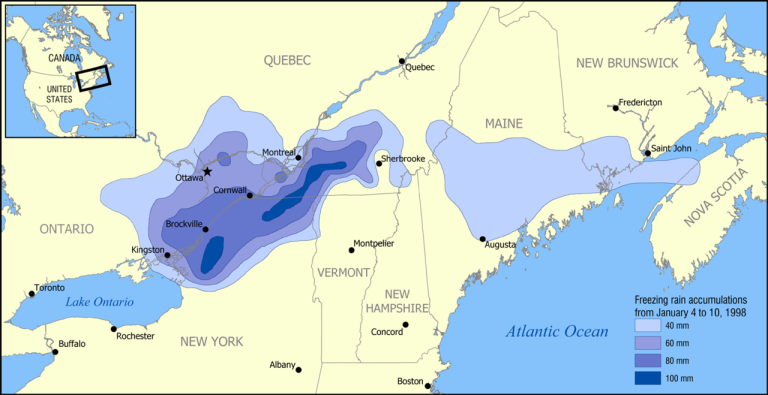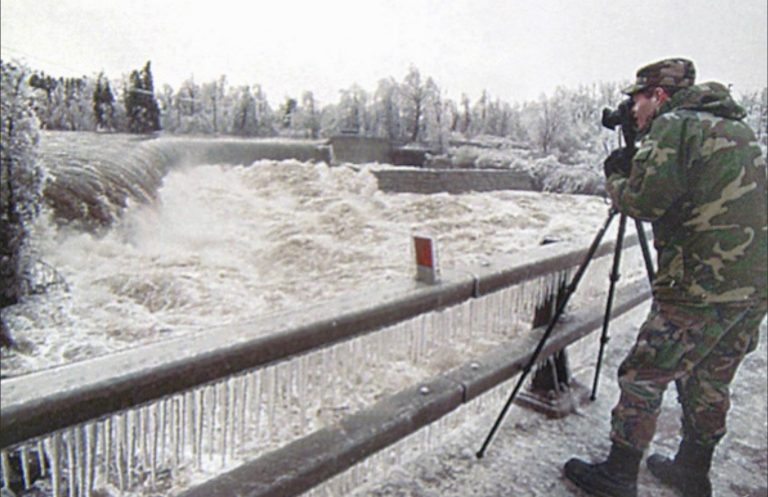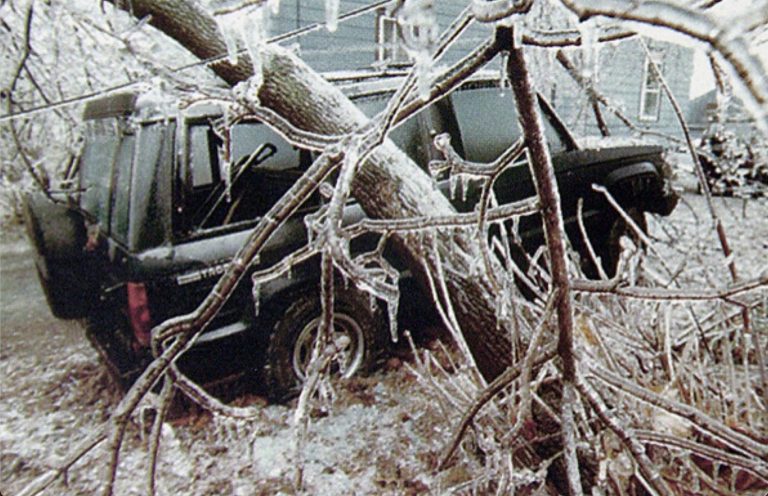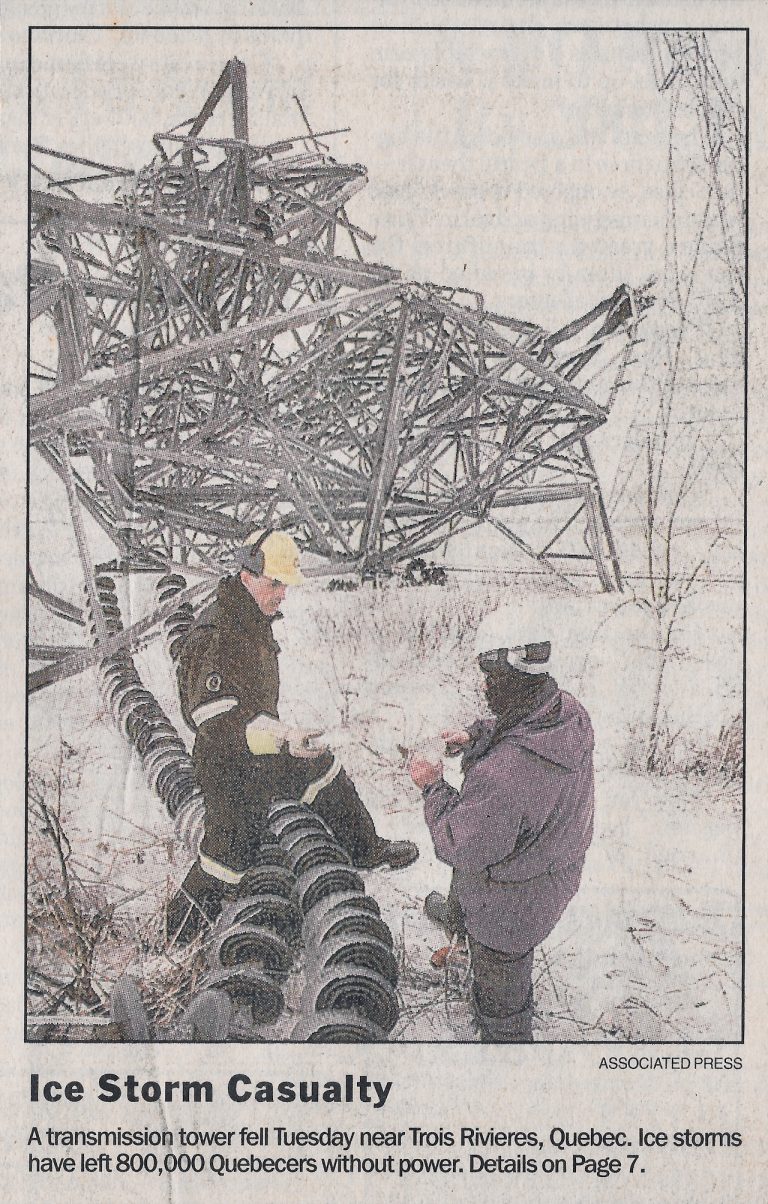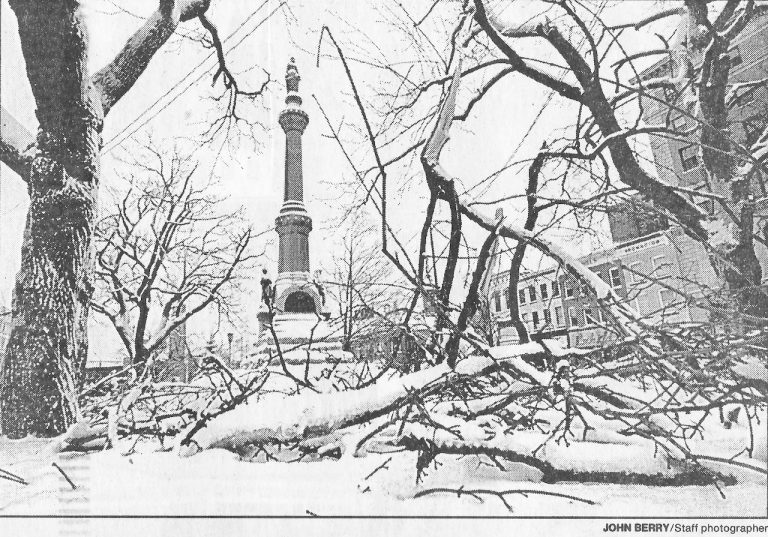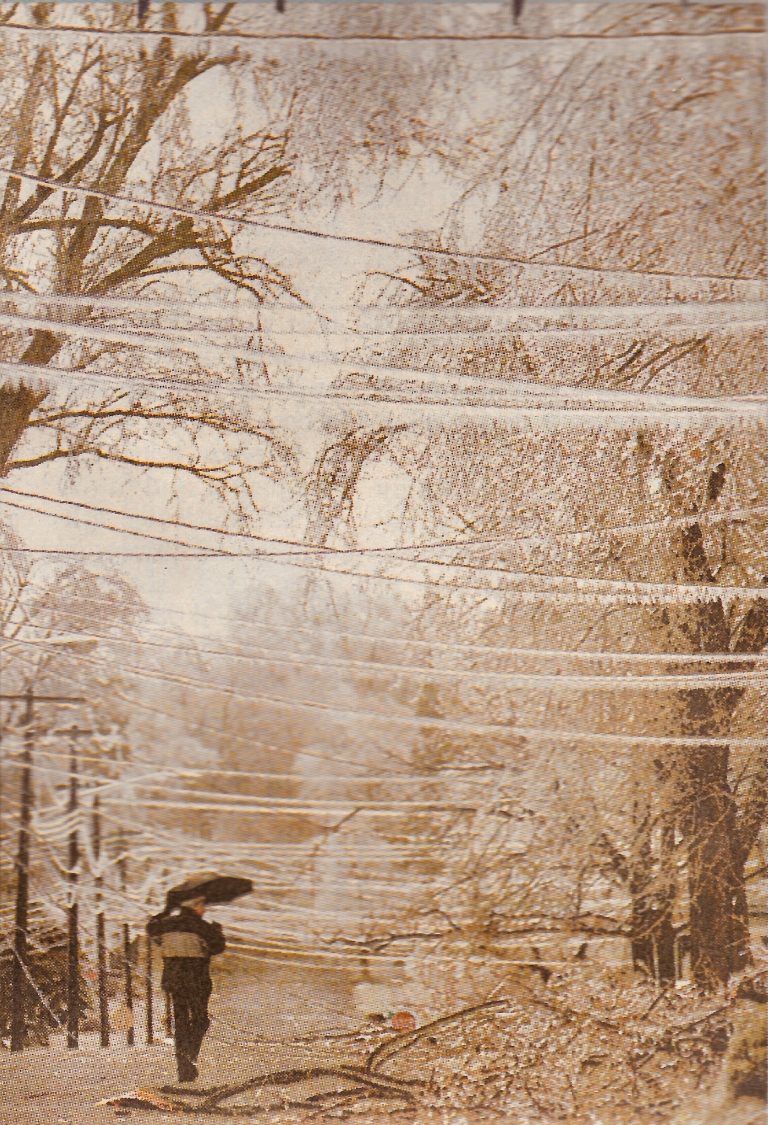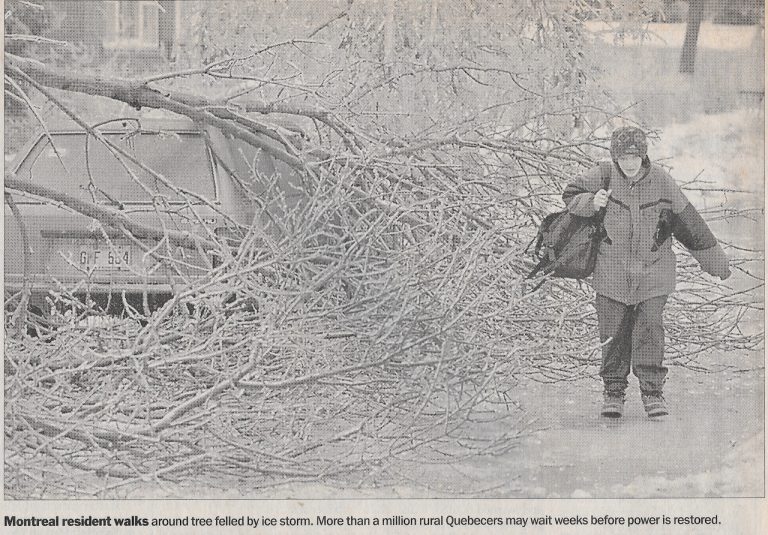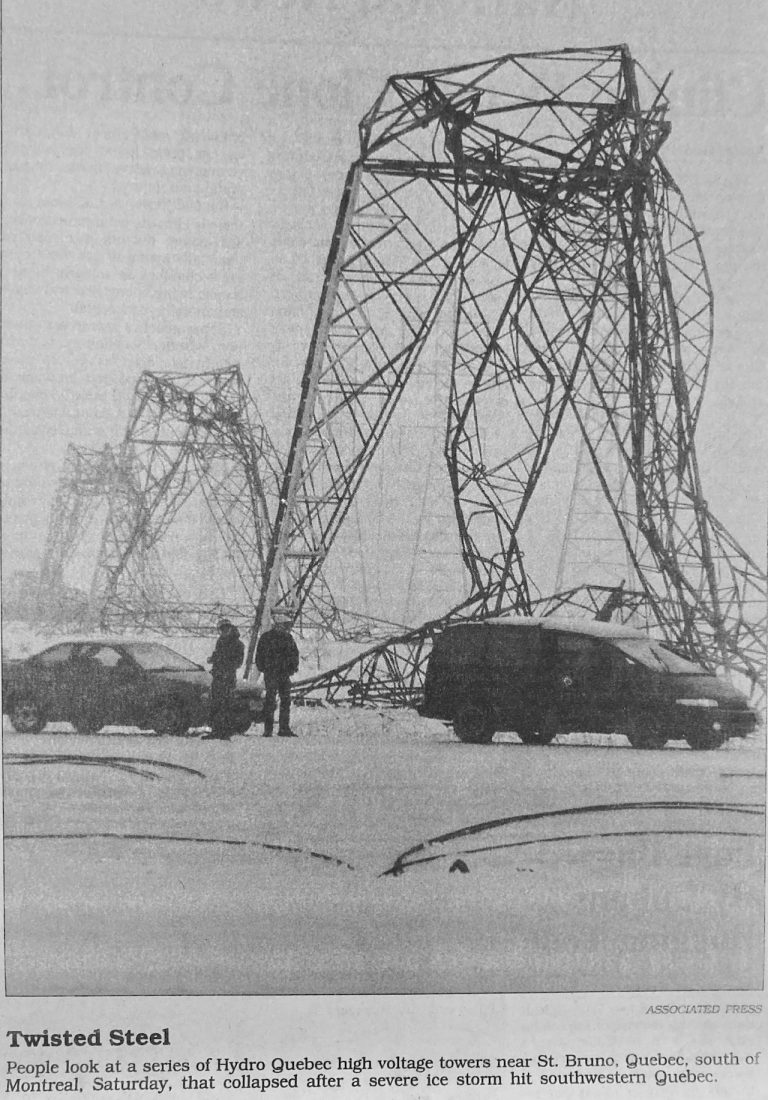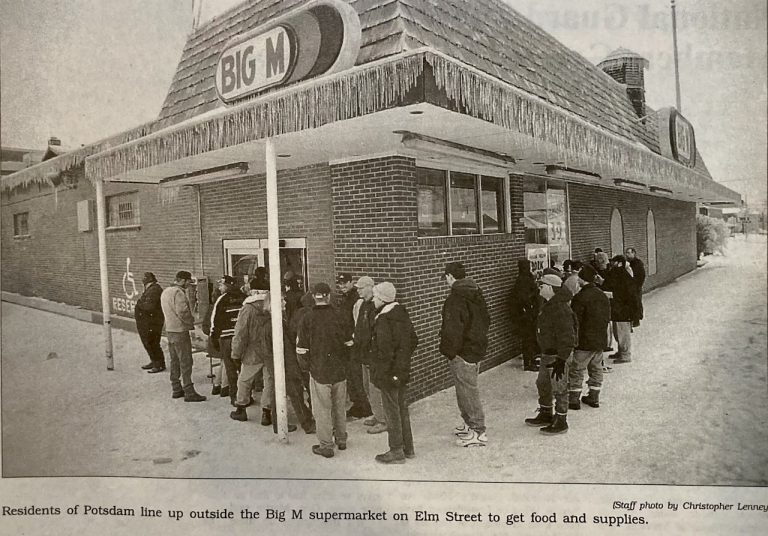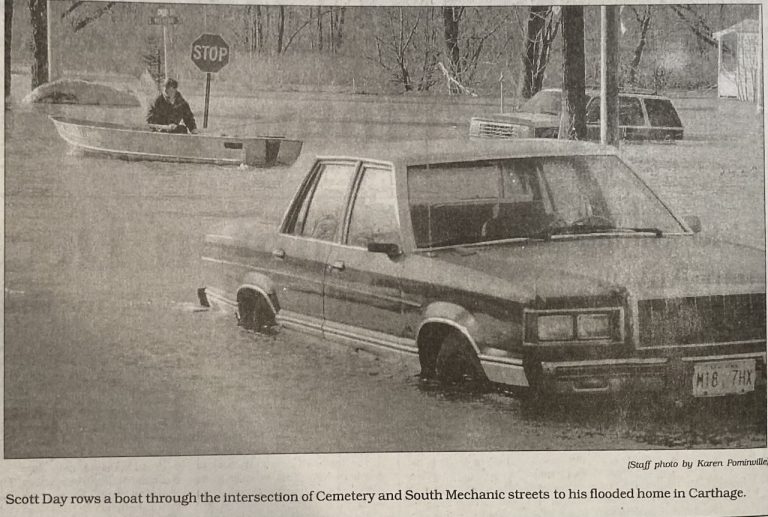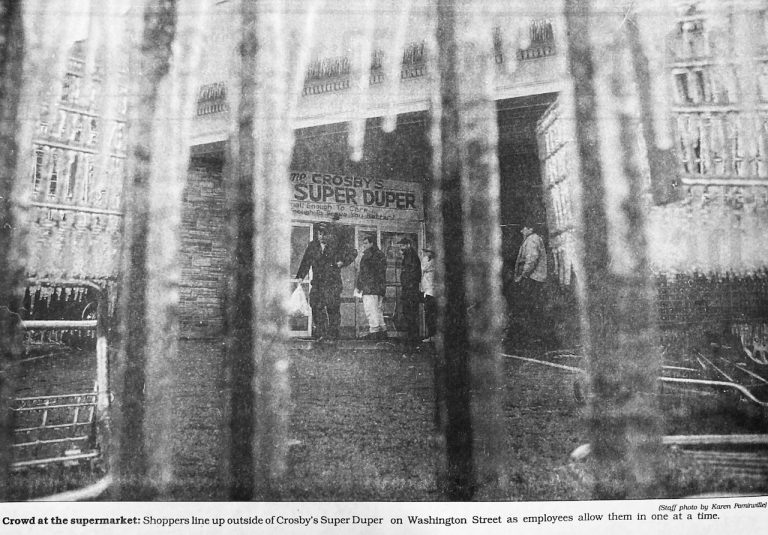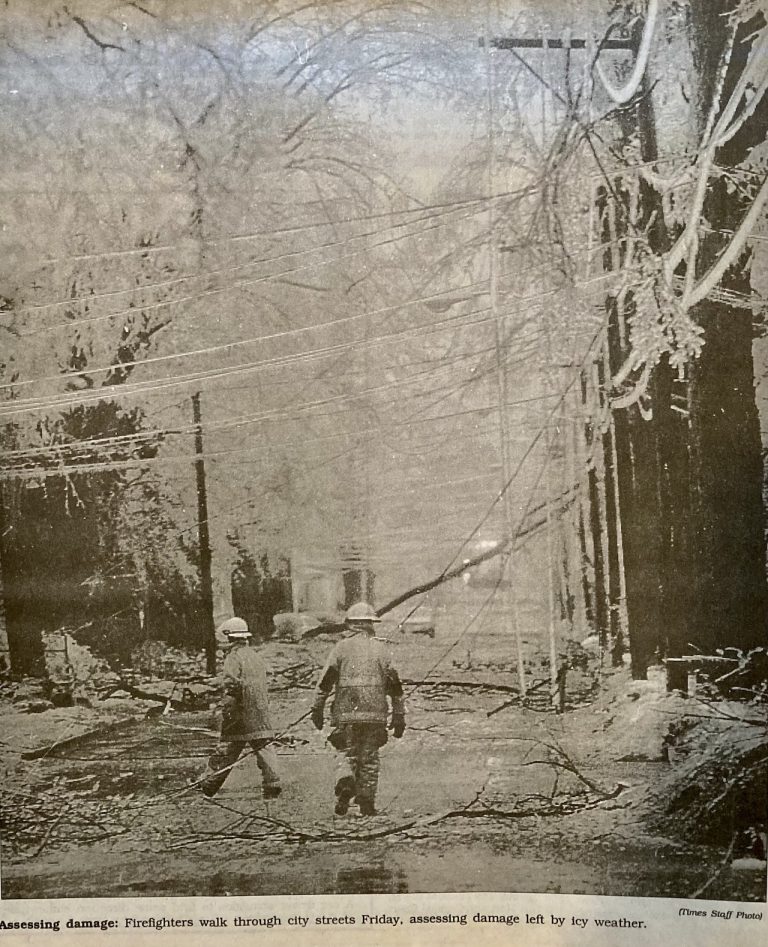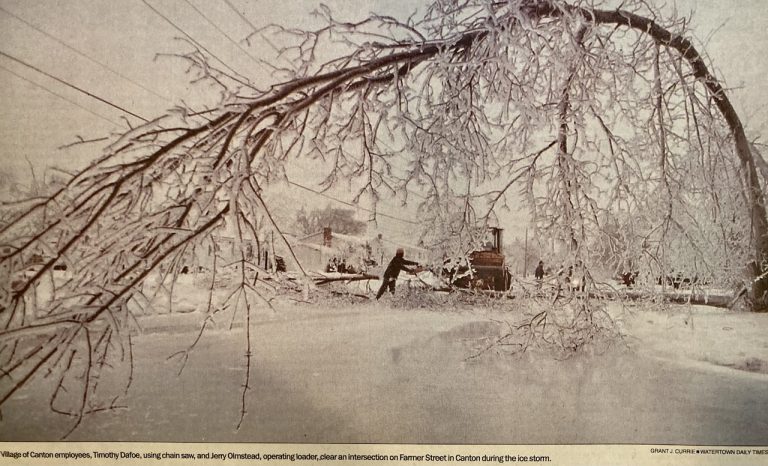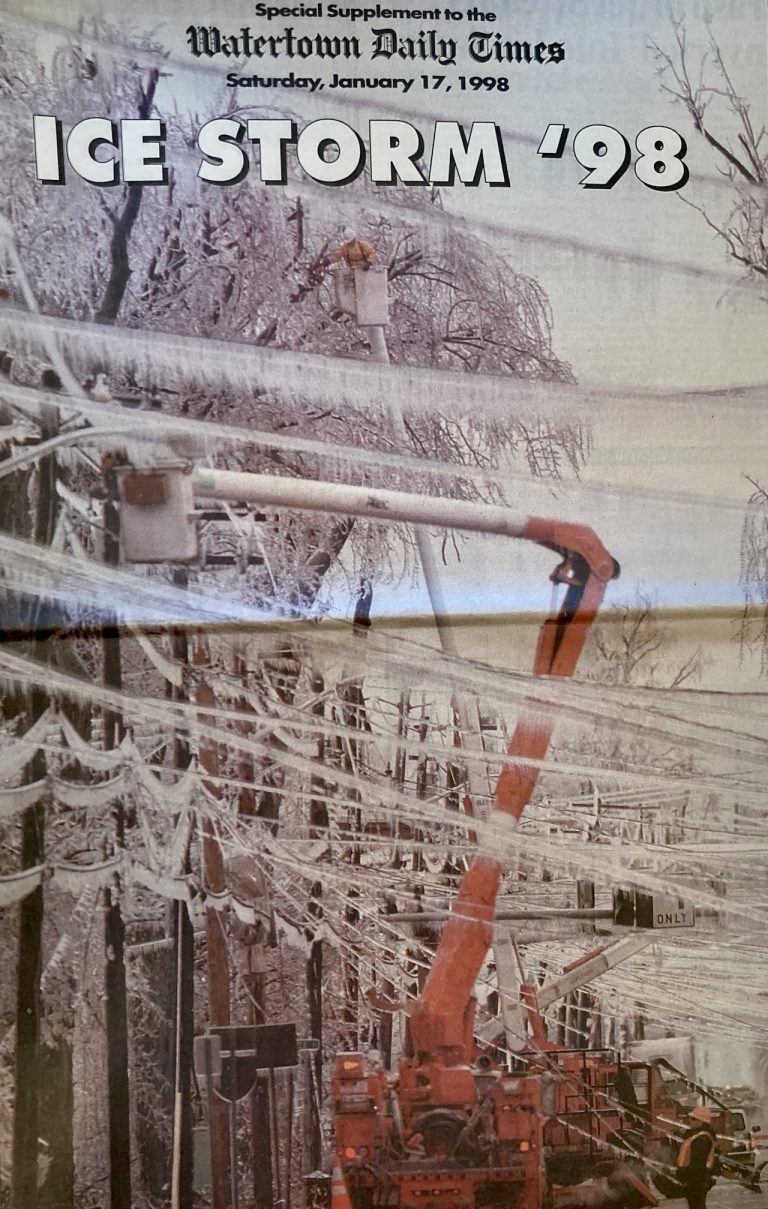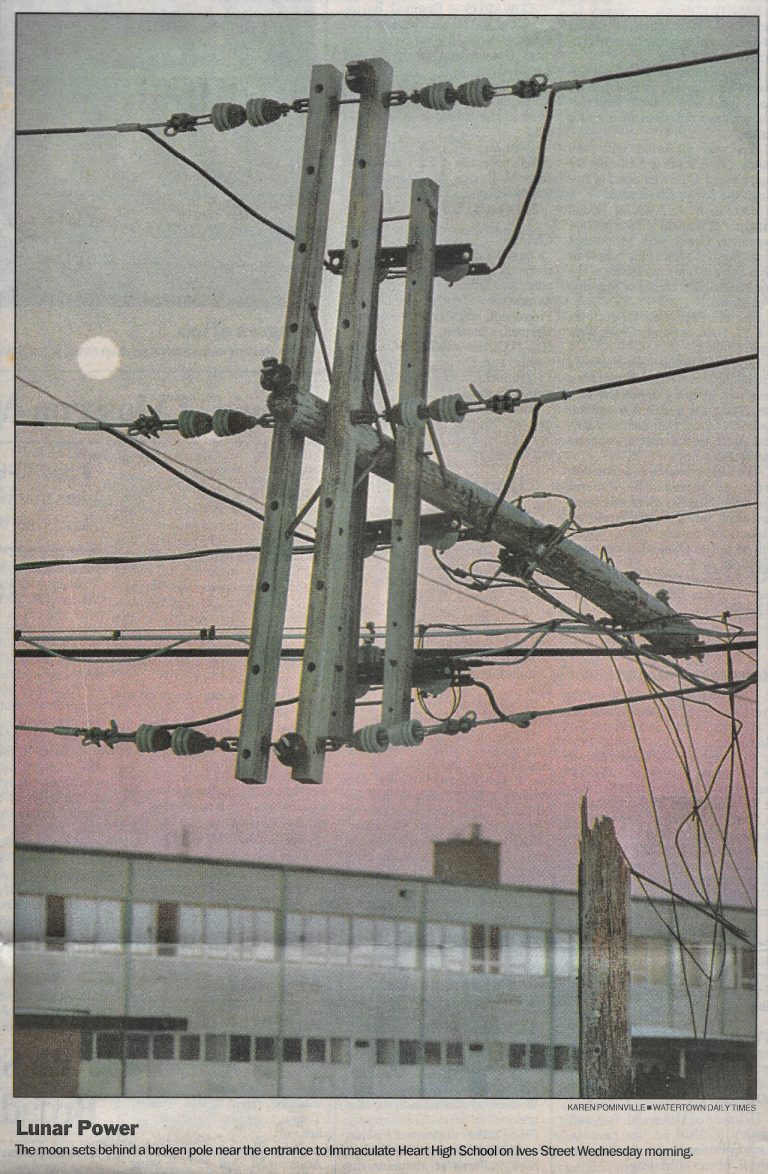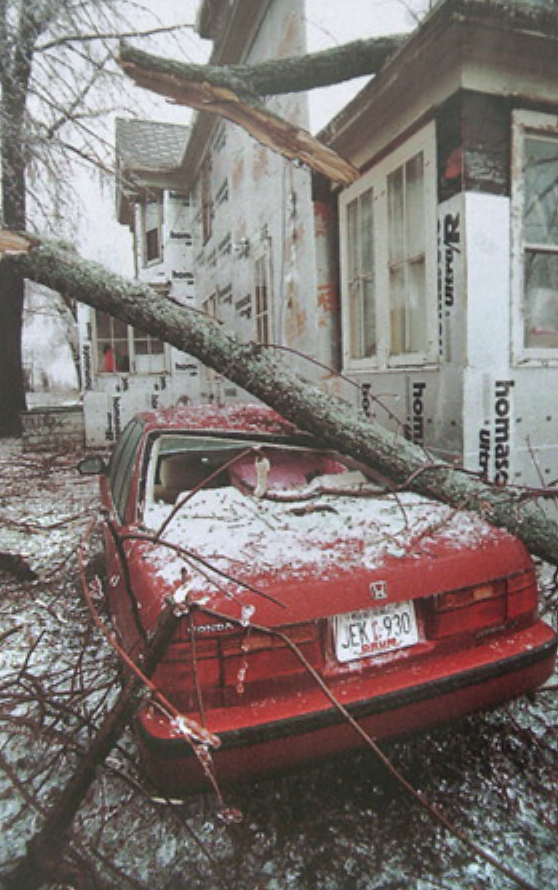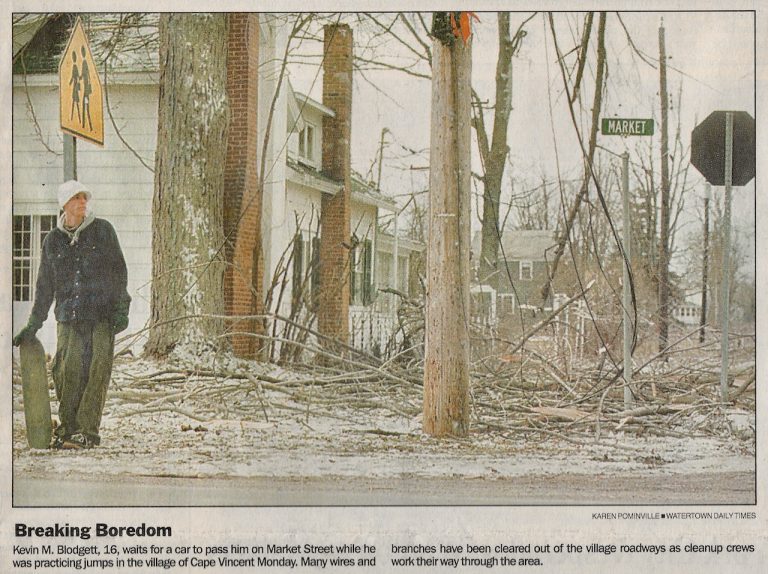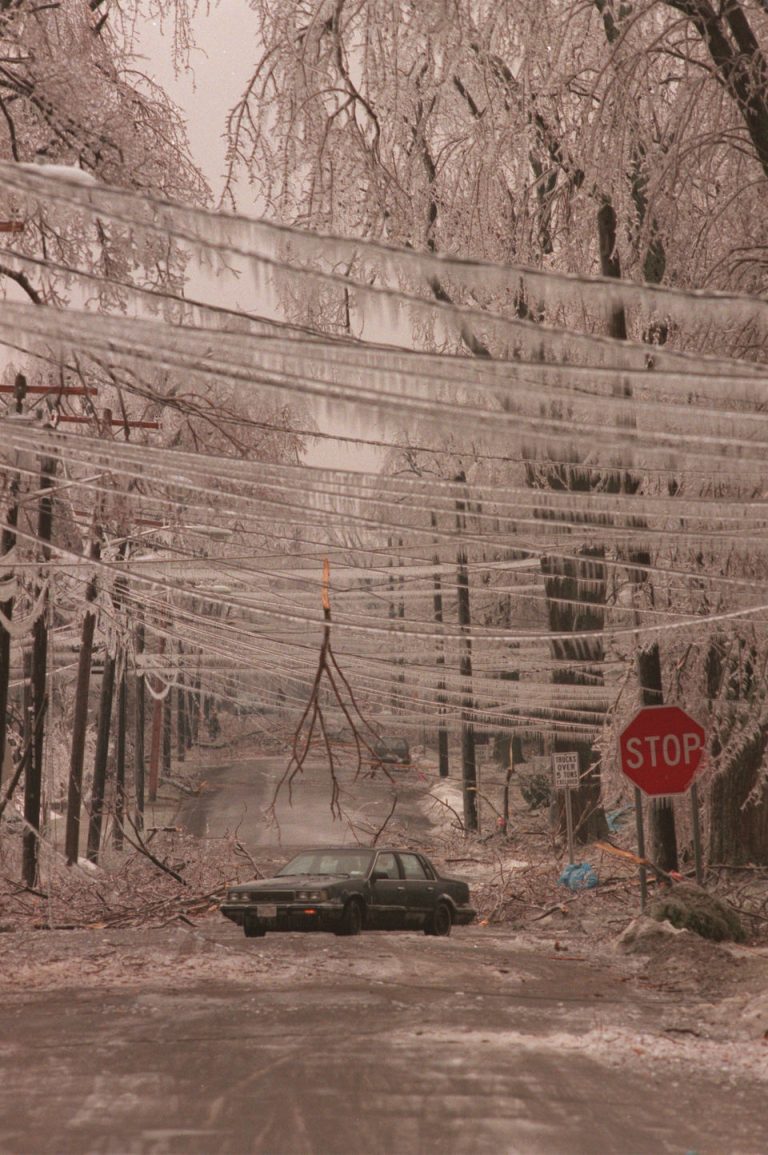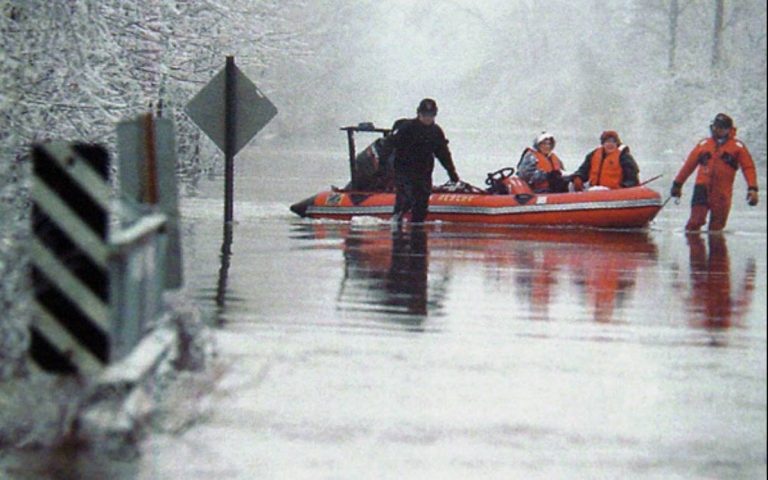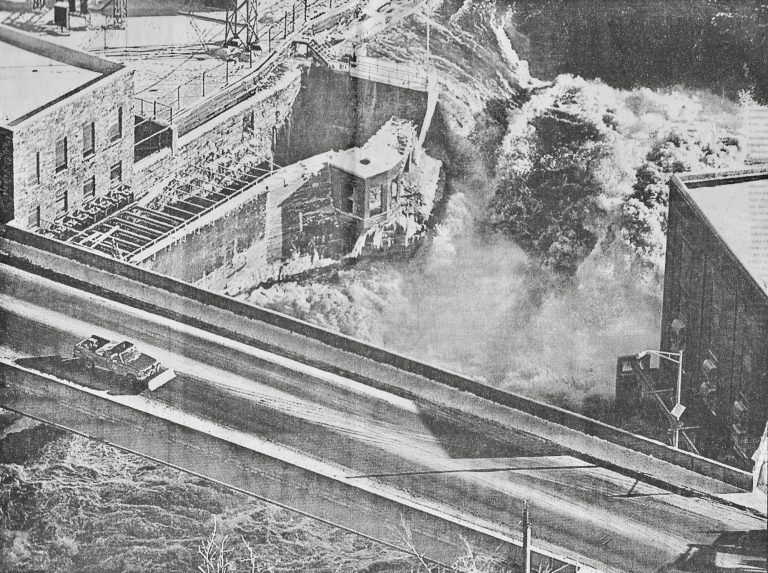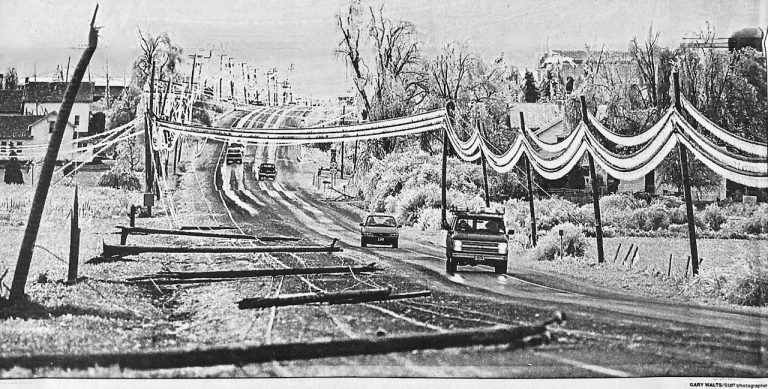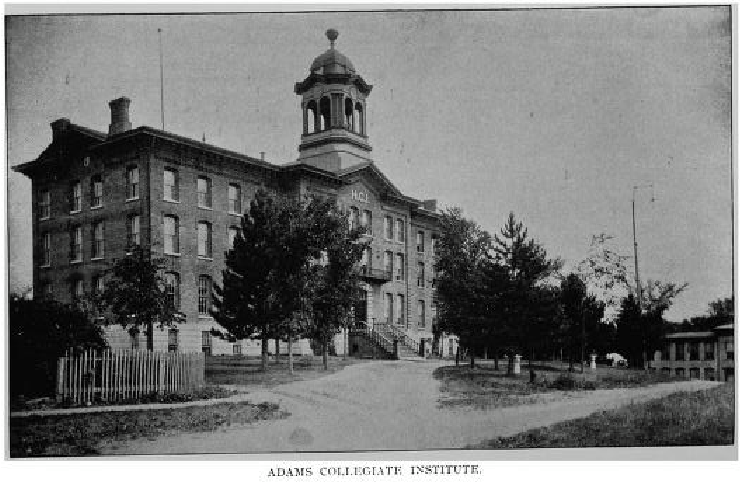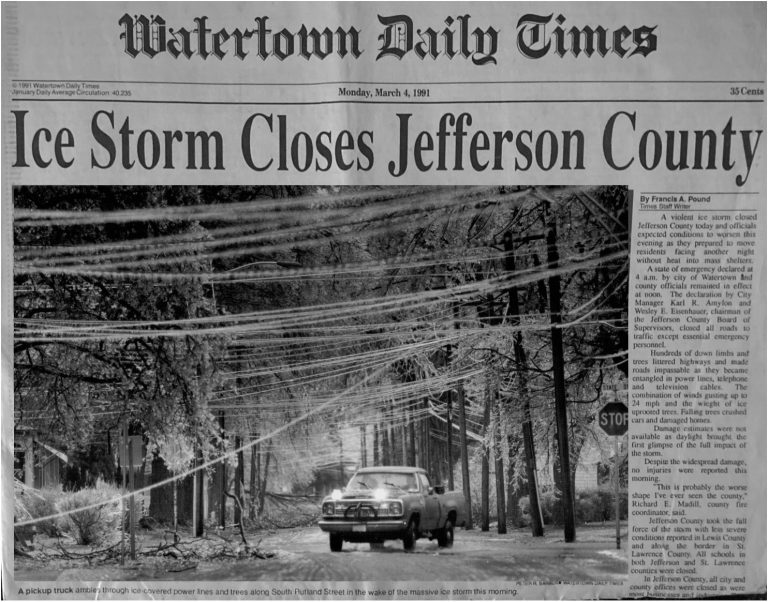1998 Ice Storm Paralyzes North American With 4 Million Without Power, 44 Deaths, and Billions of Dollars In Damage
The 1998 Ice Storm was influenced by the El-Nino pattern that brought heavy precipitation throughout parts of the United States and Canada, impacting the jet stream and bringing a confluence of factors together and resulting in a once-in-a-lifetime event that ultimately caused an estimated $5-7 billion in damage. The area impacted directly by the storm included Eastern Ontario, Quebec, Northern New York, Vermont, New Hampshire, Maine, New Brunswick, and Nova Scotia, though the subsequent flooding impacted other areas by the steady rains.
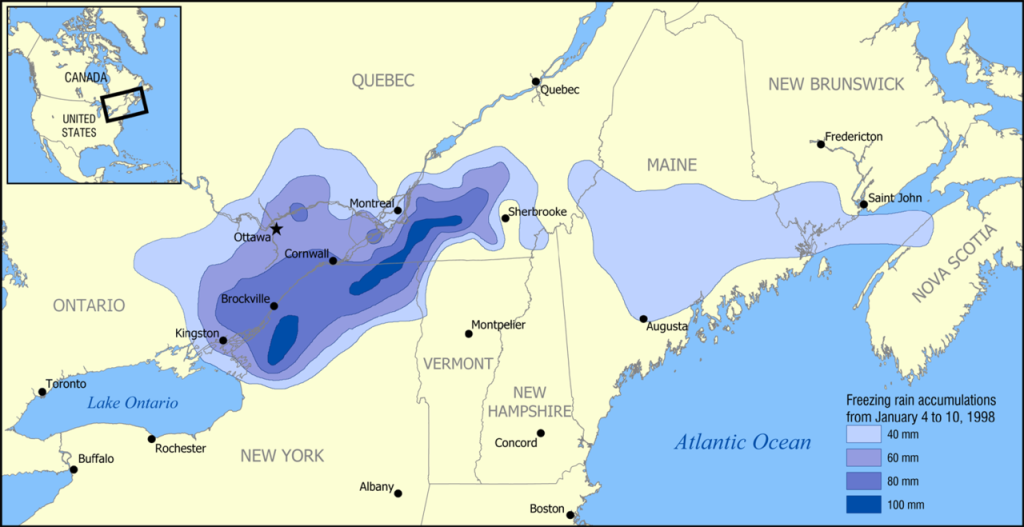
The storm began in earnest in the local region Monday night into Tuesday morning, January 5th and 6th, and knocked out power in St. Lawrence and Franklin Counties. In addition, some areas began losing power as early as 5:30 p.m. on Monday in and around Massena due to the ice and freezing rain.
Other areas impacted included Malone and Tupper Lake. At the same time, school closures affected Heuvelton, Lisbon, Madrid-Waddington, Massena, Morristown, Norwood-Norfolk, Ogdensburg, Potsdam & St. Lawrence Central, Brushton-Moira, Chateaugay, Malone and Salmon River districts were closed with other schools opening after a one-hour delay. Freezing rain for Wednesday was expected to change to rain on Wednesday afternoon, but it returned to freezing rain overnight.
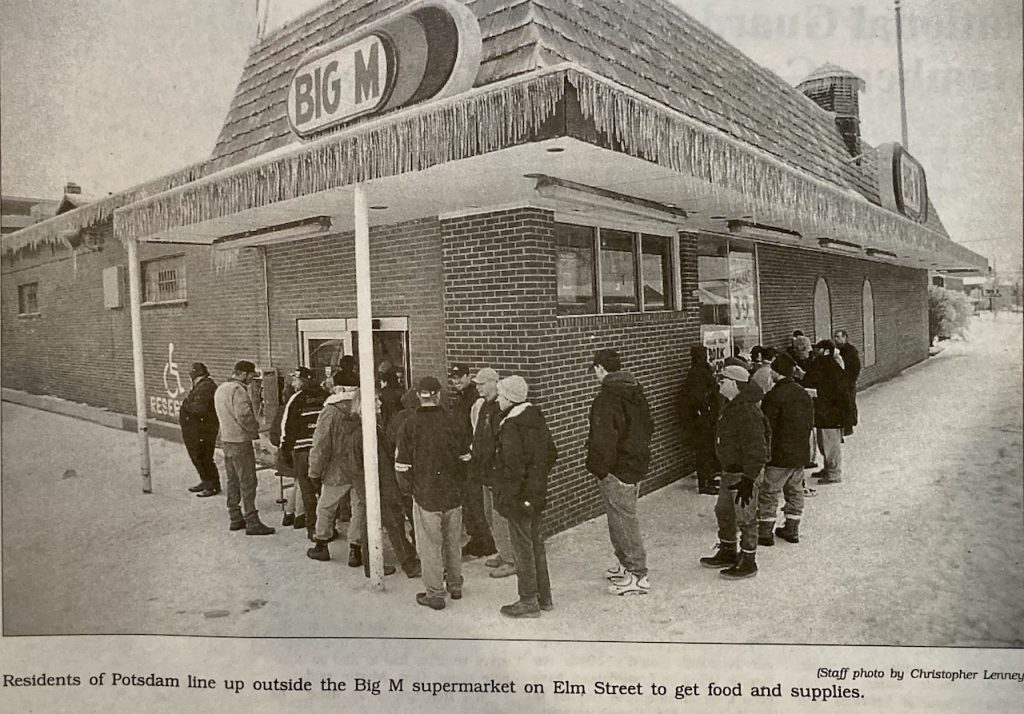
The local forecast for the Watertown area on Jan. 6 called for Jefferson, Lewis, and Oswego Counties: cloudy tonight with areas of drizzle and fog. Low 40 to 45. Occasional rain developing Wednesday. High 45 to 50. Chance of rain 80 percent. The extended outlook forecasted rain on Thursday and Friday, with precipitation turning to snow showers on Saturday. The only noticeable change in the forecast for the following day was for temperatures to remain nearly freezing on Thursday.
By the 7th, Massena was cleaning up after Tuesday’s ice storm, thinking the worst was over with more than 100 wires down and at least 1,000 without power resulting in crews from as far as Plattsburgh descending on the town of nearly 13,000 near the St. Lawrence River approximately 75 miles from the Canadian capitol city of Ottawa. But, alas, things were about to get much worse for millions in Northern New York, Vermont, New Hampshire, Main, Eastern Ontario, Ottawa, Montreal, Nova Scotia, and parts of Central New York and Western Ohio.
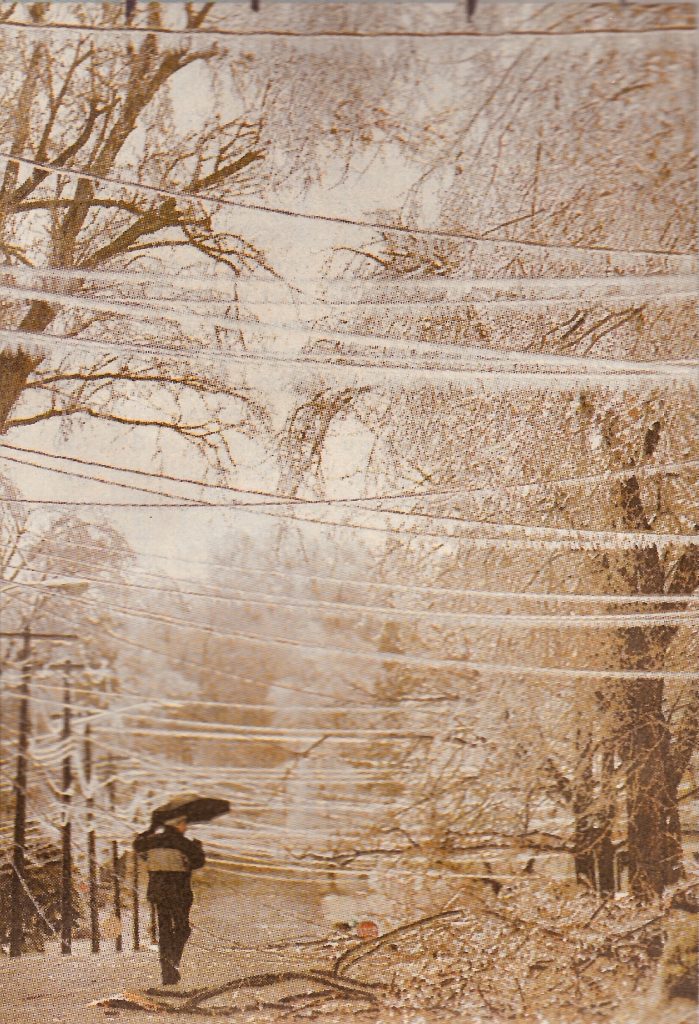
On Thursday, January 8, 70,000 were without power, approximately 40,000 in Jefferson County and 30,000 in St. Lawrence, as a state of emergency was declared in those two counties along with Franklin. Damage was widespread, and even the animals at Thompson Park Zoo in Watertown were not spared, as several exhibits were severely damaged.
Meanwhile, the Black River threatened to cause flooding in communities such as Carthage, with waters expected to reach flood stage by Friday due to the unusual amount of January rain causing ground saturation.
The ice accumulation continued north in Canada for several days in a series of storms, leaving approximately 800,000 households without power. One hundred fifty thousand were in Montreal, still reeling from the ice storm they experienced on Monday that originally left 750,000 without power. Freezing rain and high winds struck the region Wednesday night, leading to more downed lines and fallen trees. One hundred twenty crews from the United States were brought to Quebec to help clear the thousands of trees and wires.
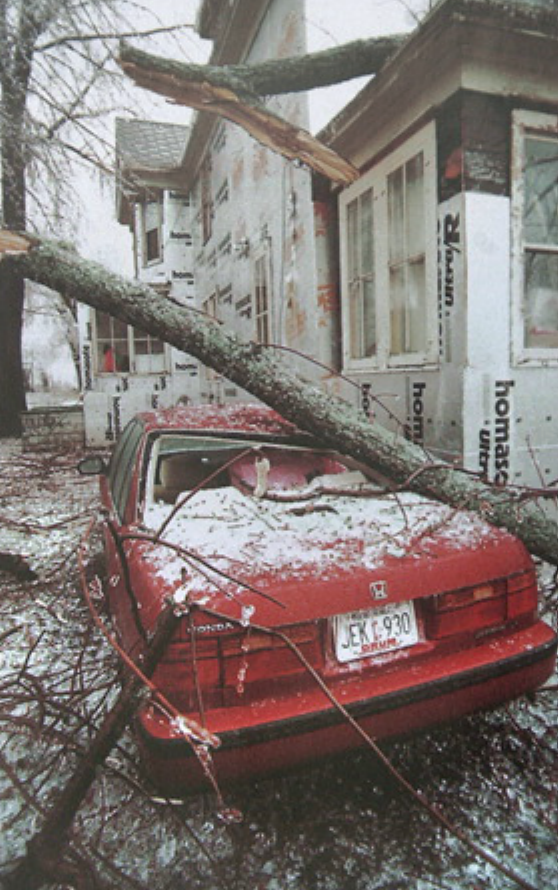
The storm later in the week was said to have been much worse, and an explanation was given in the January 8th Watertown Daily Times—
Meteorologists from the U. S. Weather in Buffalo said the ice storm today was worse than the icy conditions Sunday and Monday.
The air was colder and the ground warmer than earlier in the week, meteorologist David Sage said. That allowed cold and then freezing rain to accumulate on tree branches and power lines. As temperatures dropped, the water froze and weighed down the branches and power lines.
A low-pressure system stretching down to Kentucky is slowly moving north. The warm air brought precipitation, which, when it fell in the north country, passed through a band of cold air from Canada, producing freezing rain.
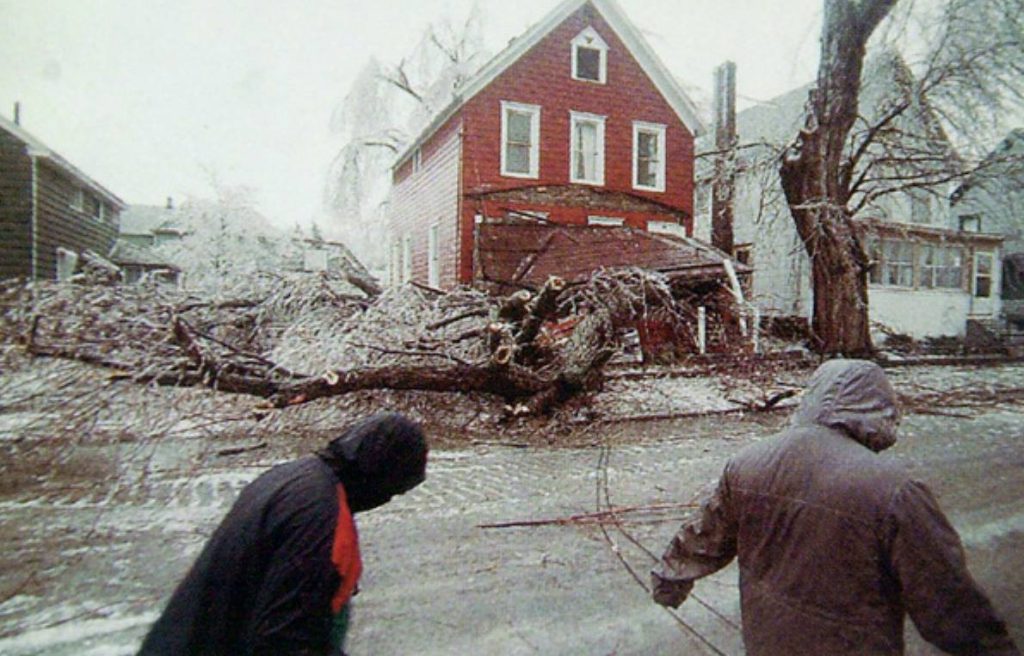
On Saturday, Niagara Mohawk’s CEO, William E. Davis, stated to The Times that the “situation could well get worse before it gets better,” as crews hoped to restore power to 125,000 residences in five counties. What was initially expected to take days quickly turned into a matter of weeks. An example of the work piling up came from Paul V. Forte, a former regional general manager who came out of retirement to help, noting one stretch of power lines in Clayton was repaired, only to have seven other poles on the same line snap.
Upward 2,000 crews were called in for the restoration effort, coming as far as Southern New York, Pennsylvania, and New Jersey. As a result, many residents in St. Lawrence and other Northern New York counties struggled with the absence of lights or electricity for days and travel restricted to public safety, emergency, and health services. Likewise, Massena was experiencing similar conditions as ice toppled the New York Power Authority’s transmission tower, damaging more utility lines in the process.
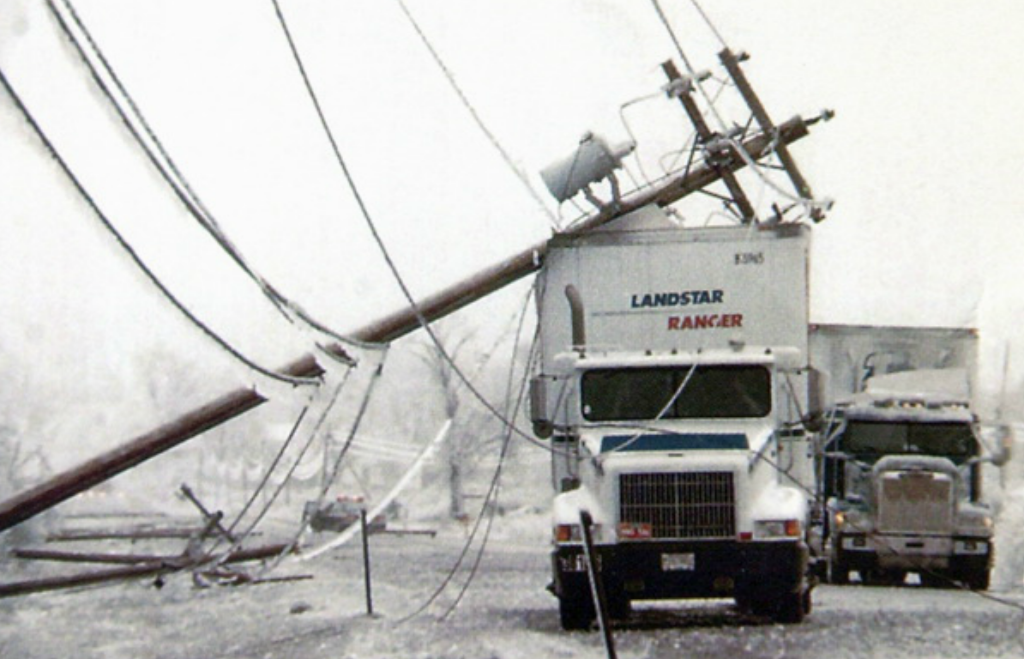
Governor George Pataki directed the National Guard to send 1,500 soldiers to help with the efforts, whether to clear trees, help stranded residents find shelter, or any other number of items piling up on the list of things to do. In many areas, such as Gouverneur, aside from no power, there was no gas or water either. Maine was also struck, with over half a million people without power and resources spread thinner and thinner due to the wider area across the northeast impacted.
Locally, in Jefferson County, 25 fire department facilities were being used as temporary shelters along with Watertown High School, where 200 people sought refuge and warmth. An estimated 1,200 throughout the county had sought shelter from the cold, having lost power.
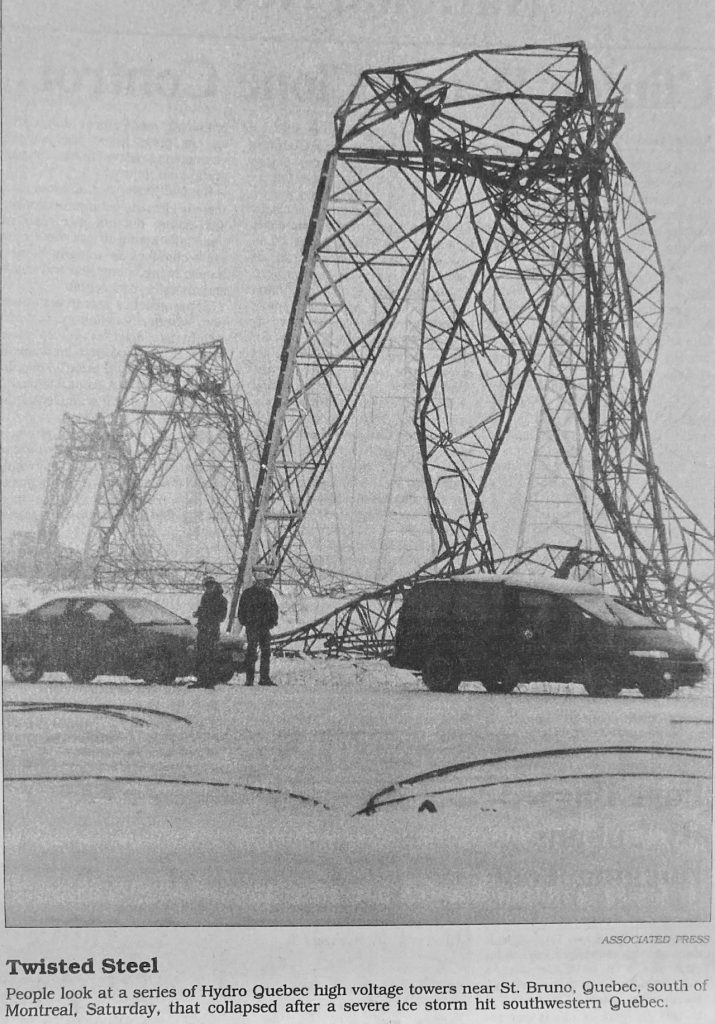
While the situation in Northern New York was miserable, it was downright deadly in Canada. The death toll had risen to 10, with an estimated 3 million without power from freezing rain that began late Monday. Three inches of freezing rain fell in the Montreal area on Friday alone, damaging power lines. Over 4,000 soldiers were deployed to the heaviest hit areas to help with relief efforts. According to the Insurance Bureau in Canada, claims were expected to top $350,000,000, making it the costliest natural disaster for the country.
In scenes reminiscent of the Ice Storm of ’91, people sought supplies from stores by flashlight. Long lines formed with people allowing entrance only a few at a time while shelves within began to resemble Old Mother Hubbard’s cupboard. Lanterns, fuel, candles, flashlights, batteries, and everyone’s favorite necessities, milk & bread, cigarettes, and beer, were in great demand. The Times reported on January 10th of some of the local stores in Watertown—
In the span of a few hours on Thursday, the Nice-N-Easy Grocery Shoppe on Factory Street sold out of what would normally be a two-to-three-day supply of milk and bread, said Peter R. Patenaude, store manager.
New shipments of bread and milk were due to arrive Friday, and other grocery items on Wednesday.
The store was without electricity Thursday and Friday, but employees used flashlights and calculators to ring up sales.

Hannaford managed to stay open on its regular 24-hour schedule, despite losing power Thursday afternoon. A natural gas-fired generator was used to power the checkout scanners, registers, and emergency lighting, according to The Times.
People waiting outside the Great American store on State Street reportedly cheered the arrival of Orange and Rockland county utility trucks to help repair downed lines. Inside the store, employees escorted shoppers one by one with flashlights.

And what would an ice storm be without, well, more ice? P&C was expecting a truck in Watertown to deliver 3,800 gallons of water and 7,600 bags of ice for free to those in need. Most grocery stores had to move meat and other perishables to refrigerated trucks, bringing them into the store as needed, while the ice would be helpful for people without power who were at risk of having their freezer foods spoiled.
While some areas received a coating of three inches of ice from the freezing rain, the rain accumulation posed issues as some portions of the Black River Valley received over five inches in a relatively short period. In their January 11th edition, the Watertown Daily Times reported of the flooding—
In Lewis County, where the Black River reached record flood levels, about 100 evacuated persons have returned to their homes in southern towns, according to Lewis County Sheriff’s Inv. Dale Roberts. Further north on the Black River Flats, about 60 to 80 evacuees waited for waters to recede to return to their homes to clean up and assess damage there.
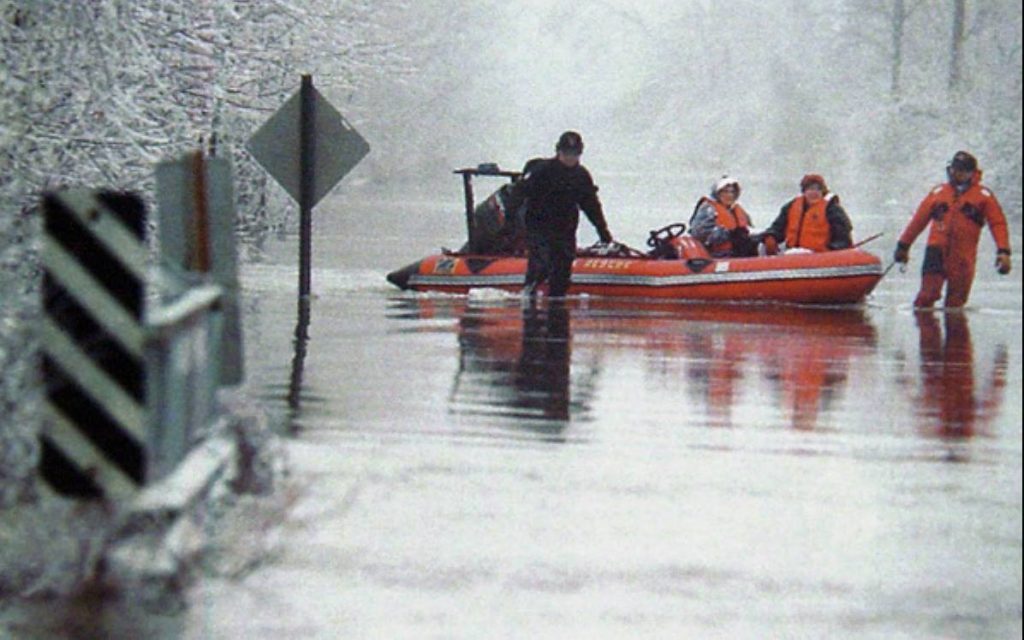
Some homes in the Lewis County area were found to have 8 – 10 inches of flooding. In another article in the same edition, The Times reported the record-breaking floods, surpassing those of 1993—
The National Weather Service in Buffalo reported “unprecedented” flooding on the Black River, which reached 15.88 feet at 10:30 a.m. Saturday and was still rising. Flood stage is 10 feet.
The crest is expected to peak at 16 to 16.5 feet between 4 and 8 p.m. Saturday, according to the Weather Service. Levels surpassed the all-time record set in April of 1993, when they edged up to 14.2 feet.
The Black River was expected to stay at flood stage at least through Monday.
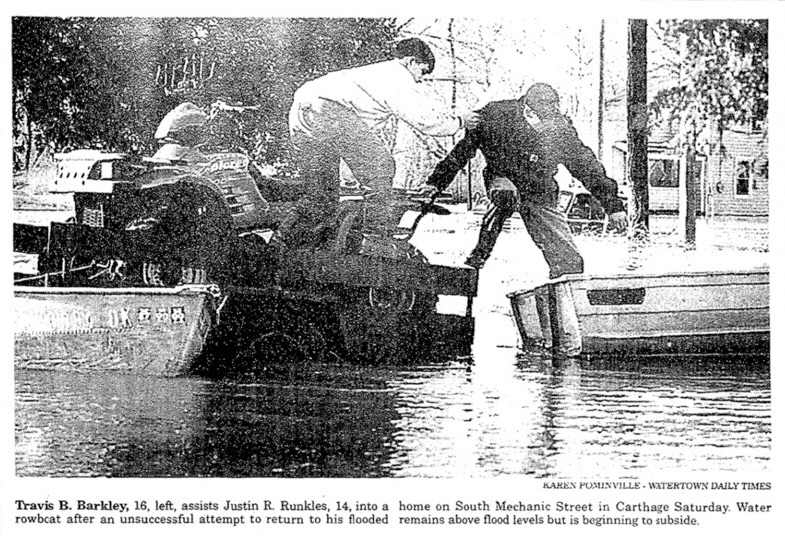
In Watertown, the Black River forced residents on Water Street to seek shelter, many taking refuge at the North Side Improvement League. While the facility had received 50 cots in advance, many brought their own as the freezing temperatures also forced those without power to seek shelter. The damage was extensive in Carthage and West Carthage, and some people failed to heed the flood warnings in time, requiring rescue efforts.
Governor Pataki was busy touring affected areas that weekend and authorized the most significant state relief aid in its history. Stopping to inspect the damage, he told The Times, “It’s just a total disaster,” while providing words of hope and encouragement.

As the temperatures dipped below freezing Saturday night, the following statistics were tallied in The Times–
Rescue workers have cooked over 2,400 meals for hundreds of cold, hungry north country residents.
Jefferson County, 34 shelters, 2,000 people.
St. Lawrence County, 44 shelters, 3,167 people.
Franklin County, 20 shelters, 815 people.
Essex County, 13 shelters, 617 people.
Clinton County, 12 shelters, 871 people.
In addition, the Federal Emergency Management Agency (FEMA) was sending 5,000 cots, 6,000 blankets, bottled water diapers, and batteries.
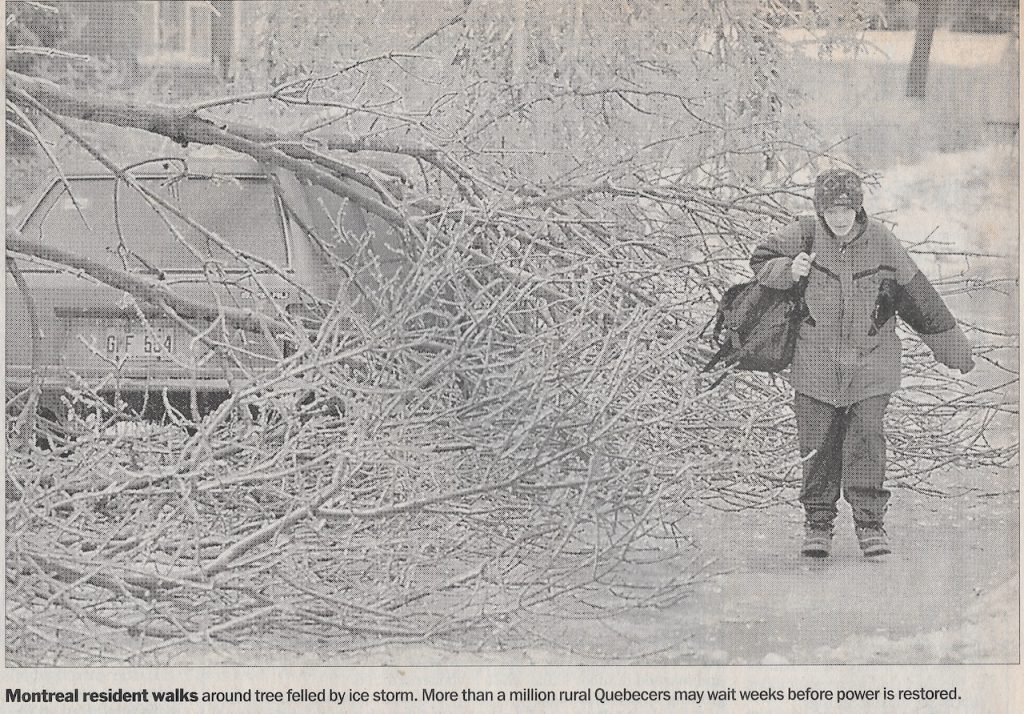
Up north in Canada, 2 million Quebecers were still without power, resulting in the province’s Premiere asking fellow Canadians unaffected by the devastation to open their homes to those seeking shelter as temperatures were expected to fall well below freezing. Shelters were already stressed to the maximum with over 100,000, far too few for the number of people impacted. By this point, 11,400 Canadian soldiers were deployed to help aid the efforts.
Eleven days in, many Canadians were still without power and, in some cases, expected to be without it for at least two more weeks. The military began guarding unoccupied homes as “the situation,” as it became known, dragged on, the Canadian defense minister seeking help from its counterparts in the United States to provide planes for transporting supplies.
Below: A short documentary on the 1998 ice storm produced by Niagara Mohawk’s Corporate Communications Department detailing the efforts to restore power. The video is from East Street Media’s YouTube channel.
1998 Ice Storm Facts and Figures
The 1998 Ice Storm has been described as both a storm of a century and a one-in-a-250-year event. Made up of a succession of five different storms and driven by a robust El-Nino pattern that influenced the jet streams and created the perfect possibility of cold and from the north meeting warm air from the south to develop freezing rain.
Over one thousand transmission towers collapsed during the event, with four million left without power during the storm’s peak outage.
More than 15,000 Canadian Military personnel were dispatched during the crisis. 600,000 Canadians were temporarily displaced. Known as “Operation Recuperation,” it was the largest peacetime deployment of troops in Canadian history.
Over half of Maine’s population, 1.2 million, lost power. Its eight reported deaths made it the worst natural disaster in state history.
The number of power lines that needed to be replaced was calculated to reach from Northern New York to Albuquerque, New Mexico.
Millions of trees were destroyed during the 1998 Ice Storm. 5,000 were cut in Montreal’s Mount Royal Park alone. In addition, 17,000,000 million+ acres of forest were damaged or destroyed in Northern New England and Upstate New York.
25,000,000 cords of wood, or 3,000,000,000 board feet of timber, enough to build over 300,000 homes, was destroyed.
Recovering time for the forests was predicted to take decades, and for those dependent on maple producers, it takes at least a generation or more to reach similar production levels.
The total estimated cost of the 1998 ice storm was $5.4 billion.
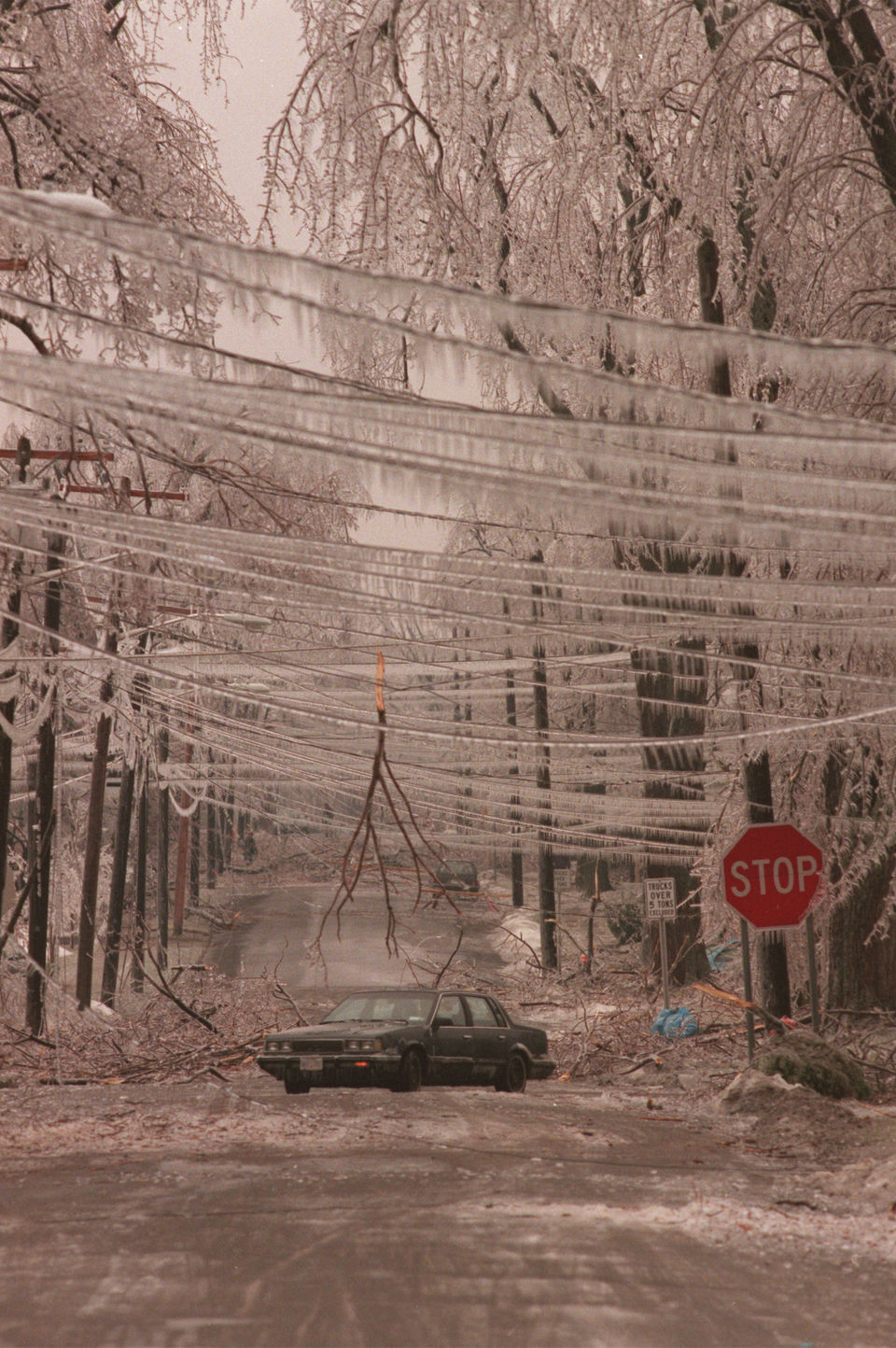
Below: A 20-minute documentary on New York State Electric & Gas (NYSEG) efforts in northern New York to restore power in the Plattsburgh area. The video shows scenes familiar to those from other areas. Video from Home Town Cable Network’s YouTube channel.
